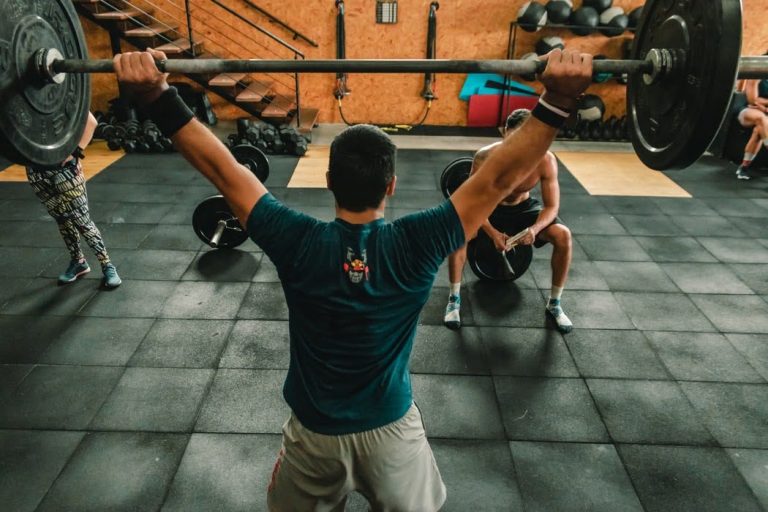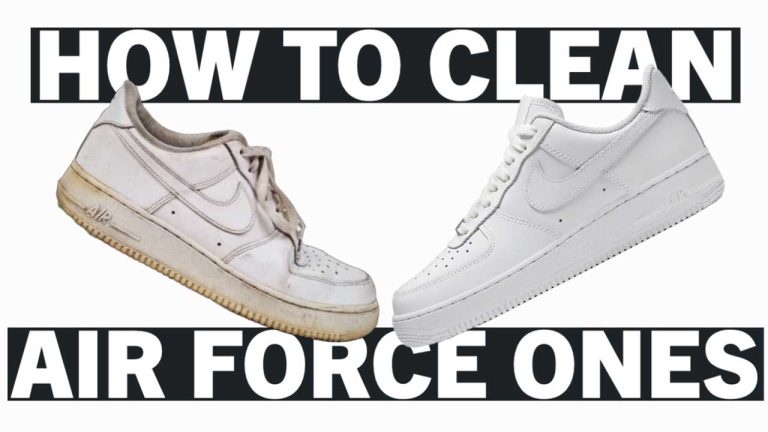How to Work Out With Sore Muscles: Tips to Help You Stay On Track

ListedFit is reader-supported. When you buy through links on our site, we may earn a small commission.
Have you ever woken up the day after an intense workout feeling like you can barely move? We’ve all been there – those aches and pains in your muscles can be a major deterrent to getting in your next workout. But should you skip your workout altogether when you’re feeling sore? Not necessarily.
Here are some tips for how to work out when you have sore muscles.
Table of Contents
First Things First

First, it’s important to understand that soreness is a normal part of the muscle-building process. When you work out, you’re causing micro-tears in your muscle fibers. As your muscles repair and rebuild themselves, they become stronger and more resilient. This process is known as muscle protein synthesis, and it’s what leads to muscle growth and strength.
So, is it okay to workout when you’re feeling sore? It depends on the severity of your soreness and where you’re feeling it. If you’re experiencing mild soreness, it’s probably okay to continue with your workout as planned. In fact, some research suggests that a moderate-intensity workout can actually help alleviate muscle soreness. Just be sure to warm up and cool down properly, and listen to your body. If you’re feeling extremely sore or fatigued, it’s probably a good idea to take a break and let your muscles fully recover.
Target the Area
If you’re feeling soreness in a specific muscle group, you can also try targeting that muscle group with some light stretching or foam rolling. This can help reduce muscle soreness and improve flexibility. Just be sure not to push yourself too hard or stretch to the point of pain.
It’s also a good idea to incorporate active recovery techniques into your routine, such as lifting a lighter weight, low-impact cardio, or yoga. These types of workouts can help improve blood flow to your muscles, which can speed up muscle recovery. Just take it easy if you’re feeling particularly sore.
Are You Eating the Right Stuff?

One more thing to keep in mind when working out with sore muscles is your nutrition. Proper nutrition plays a massive role in muscle recovery and soreness. Make sure you’re getting enough protein, as it’s essential for repairing and rebuilding muscle tissue. Aim for at least 20-30 grams of protein per meal, and consider adding a protein supplement to your diet if you’re having trouble meeting your protein needs.
Hydration is also important for muscle recovery. Make sure you’re drinking enough water, especially if you’re sweating a lot during your workouts. Dehydration can lead to muscle fatigue and cramps, so it’s important to stay hydrated to support muscle recovery.
Don’t Forget Massage
Finally, consider incorporating massage or other forms of muscle recovery into your routine.
Massage can help reduce muscle soreness and improve blood flow to your muscles, which can speed up recovery. Other options include using a foam roller or using a muscle recovery tool like a lacrosse ball or a massage stick. Just be sure to listen to your body and be gentle, as overly aggressive massage can do more harm than good.
It’s important to remember that everyone’s body is different, and what works for one person may not work for another. The key is to listen to your body and pay attention to how you’re feeling before, during, and after your workouts.
If you’re feeling weak, dizzy, or lightheaded, it’s probably a good idea to take a break and focus on active recovery techniques.
The Best Workouts for Sore Muscles
There are some exercises you can do even if you’re too sore to lift a weight.
These basic exercises can help you recover from muscle soreness or their scientific term DOMS and get your muscles back to full strength without putting any extra pressure on your body.
– Bodyweight squats: Squats are a great lower body exercise, and they can even be done without weight if you have sore quads.
– Wall push-ups: If you have sore triceps, wall push-ups are a great way to ease some of that pain without adding any extra pressure on the muscles.
– Wall sits: Wall sits are a great way to stretch out your hamstrings and calves. If you have sore legs, they’re a great option. – Stretching: Stretching is recommended after every workout, and it’s even more important if you’re dealing with sore muscles.
Be Aware of ‘Rhabdo’ – The Dangers of Overtraining

Overtraining is a common problem among athletes and fitness enthusiasts, and it can have serious consequences for your physical and mental health. When you seriously overtrain, your body doesn’t have enough time to recover between workouts, which can lead to a number of negative side effects.
One of the most serious consequences of overtraining is a condition called rhabdomyolysis sometimes called ‘rhabdo’ for short.
Rhabdomyolysis is a rare but serious condition in which the muscle tissue breaks down and is released into the bloodstream. This can lead to kidney damage and, in severe cases, kidney failure.
Rhabdo gets mentioned a lot in the CrossFit community due to the fact that CrossFit workouts are more high intensity and can affect people who do those kinds of workouts without adequate rest more frequently.
Rhabdomyolysis is often caused by intense, prolonged exercise or overexertion, and it can occur in people of all fitness levels.
Symptoms of rhabdomyolysis include muscle weakness, dark urine, and abdominal or flank pain. If you experience these symptoms after a workout, it’s important to seek medical attention immediately.
In addition to the risk of rhabdomyolysis, overtraining can also lead to other negative consequences for your health. It can cause muscle and joint pain, fatigue, insomnia, and a decrease in performance. Overtraining can also have negative effects on your mental health, leading to feelings of irritability, anxiety, and depression.
How Can You Avoid Overtraining?
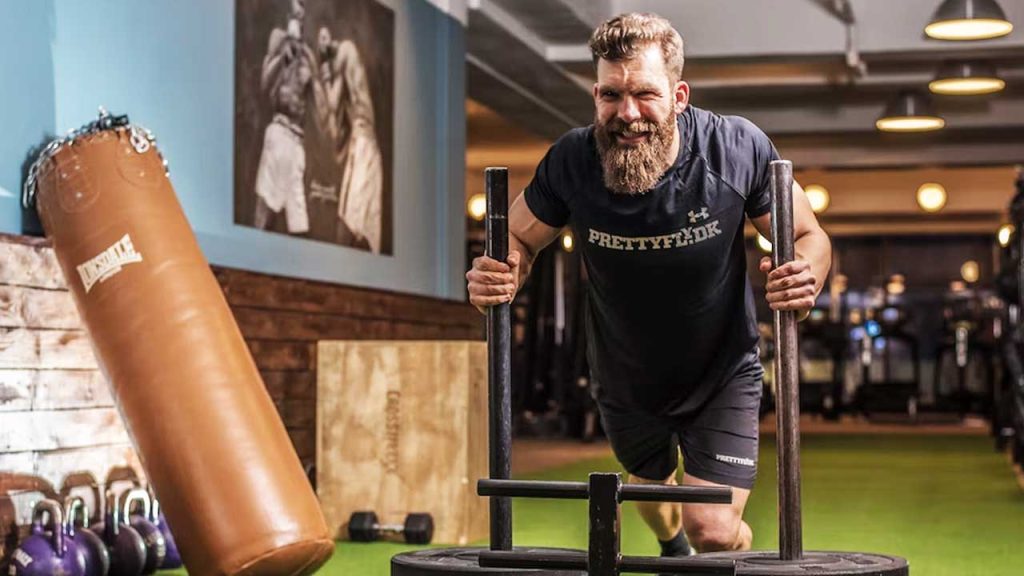
It’s important to pay attention to your body and listen to its signals. If you’re feeling tired or burnt out, it’s probably a good idea to take a break or scale back your workouts. Make sure you’re getting enough sleep, and try to incorporate active recovery techniques into your routine, such as yoga or low-impact cardio.
It’s also a good idea to vary your workouts and avoid doing the same thing every day, as this can help prevent overuse injuries, also, make sure you’re getting enough protein and staying hydrated, and consider incorporating massage or other forms of muscle recovery into your routine.
Don’t be too alarmed, it’s okay to workout when you’re feeling sore, as long as you listen to your body and pay attention to the severity and location of your soreness.
Conclusion
Working out is a great way to get fit, but it can cause sore muscles and leaves your joints feeling stiff. If you’re new to working out or just starting a new routine, it’s normal to experience some soreness, but if it’s extreme, it could be a sign that you’ve pushed your body too far. The best way to combat sore muscles is to stretch regularly, hydrate, and allow your body time to recover.
Author
Latest entries
 FitnessAugust 19, 2023Yohimbe vs Yohimbine: A Quick Comparison Guide
FitnessAugust 19, 2023Yohimbe vs Yohimbine: A Quick Comparison Guide AshwagandhaJune 16, 2023Is Ashwagandha Good for Working Out? Key Benefits Explored
AshwagandhaJune 16, 2023Is Ashwagandha Good for Working Out? Key Benefits Explored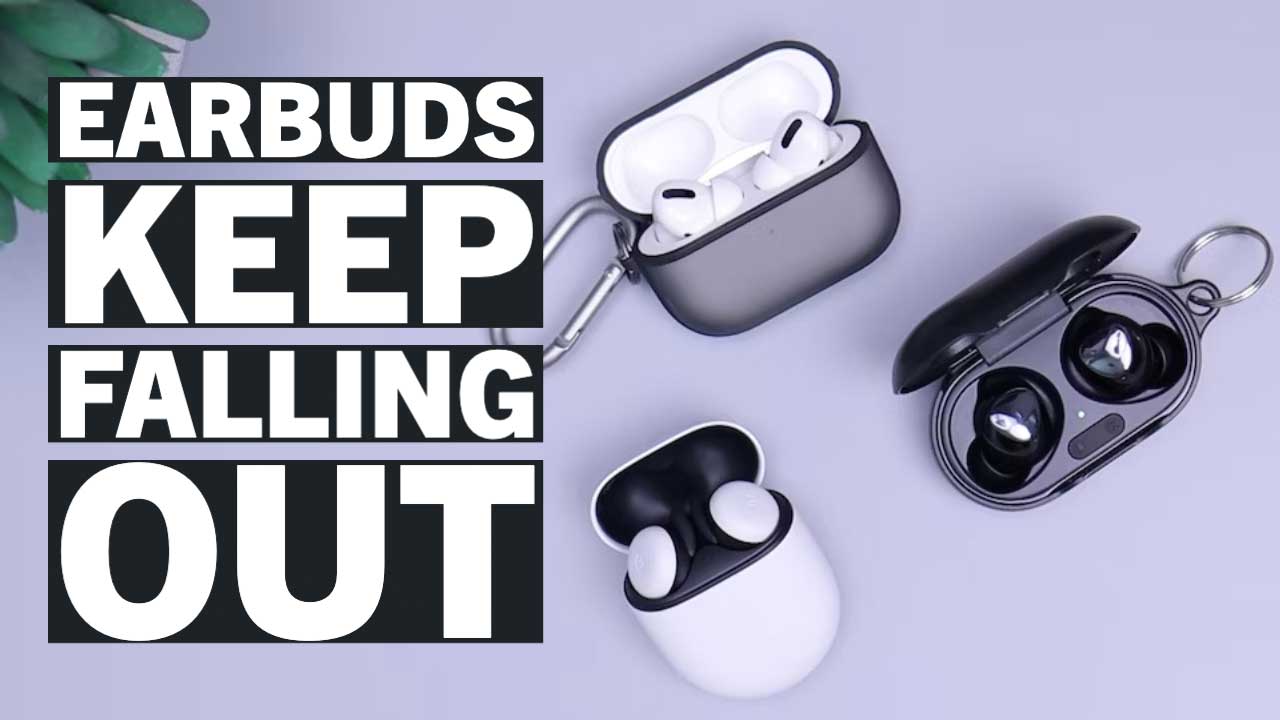 Sports HeadphonesMay 25, 2023Why Your EarBuds Keep Falling Out – Quick and Easy Solutions
Sports HeadphonesMay 25, 2023Why Your EarBuds Keep Falling Out – Quick and Easy Solutions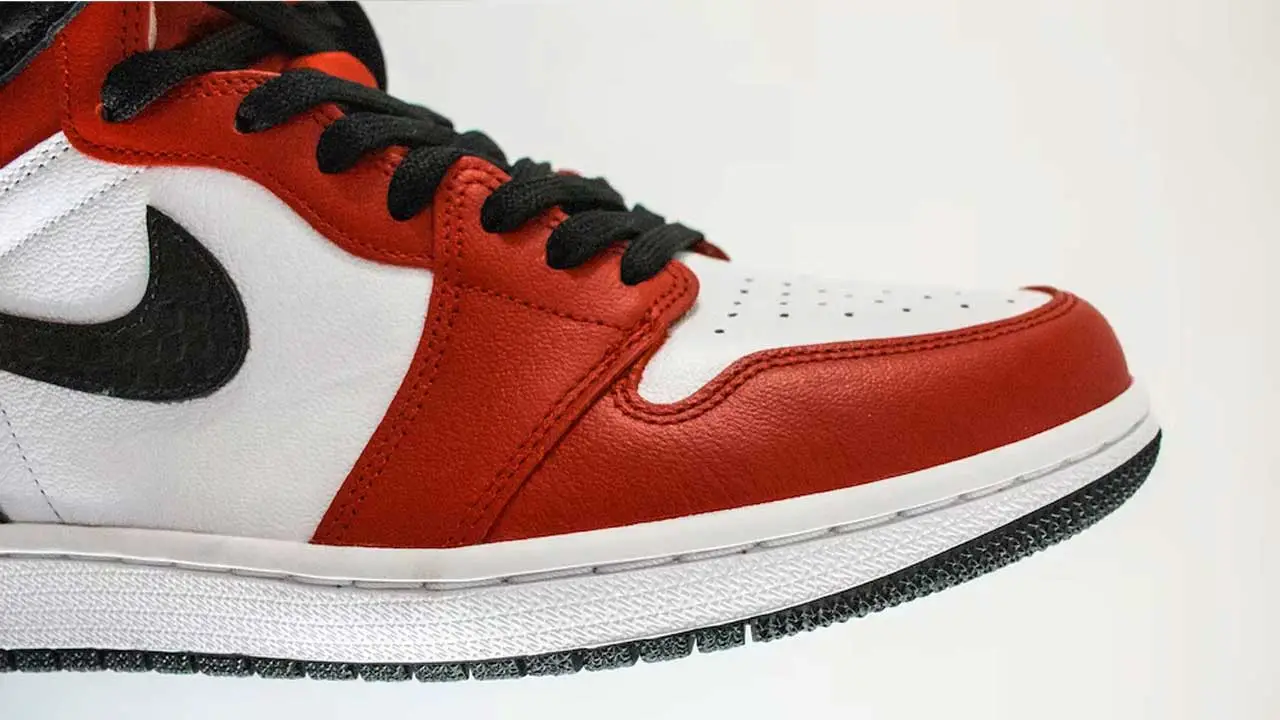 Nike ShoesMay 12, 2023Do Nikes Run Big or Small? Decoding the Perfect Fit
Nike ShoesMay 12, 2023Do Nikes Run Big or Small? Decoding the Perfect Fit
Affiliates:
This post may contain affiliate links that at no additional cost to you, the site may earn a small commission. We only recommend products we would use ourselves and all opinions expressed on this site are our own.
General Advice:
The information provided in this article is for general informational purposes only. It is not intended as a substitute for professional advice. Always consult with a qualified healthcare professional before starting any new diet, exercise program, or making changes to your health routine.
Accuracy Advice:
While we strive to provide up-to-date and accurate information, the content in this article may not reflect the most current research or medical guidelines. We encourage readers to do further research and consult with professionals for more personalized advice.
Our Recommendations:
The products and services mentioned in any of our articles are recommended based on our independent research and personal experience. We are not sponsored by any company. We aim to suggest products and services we believe are of high quality and could be beneficial to our readers.


